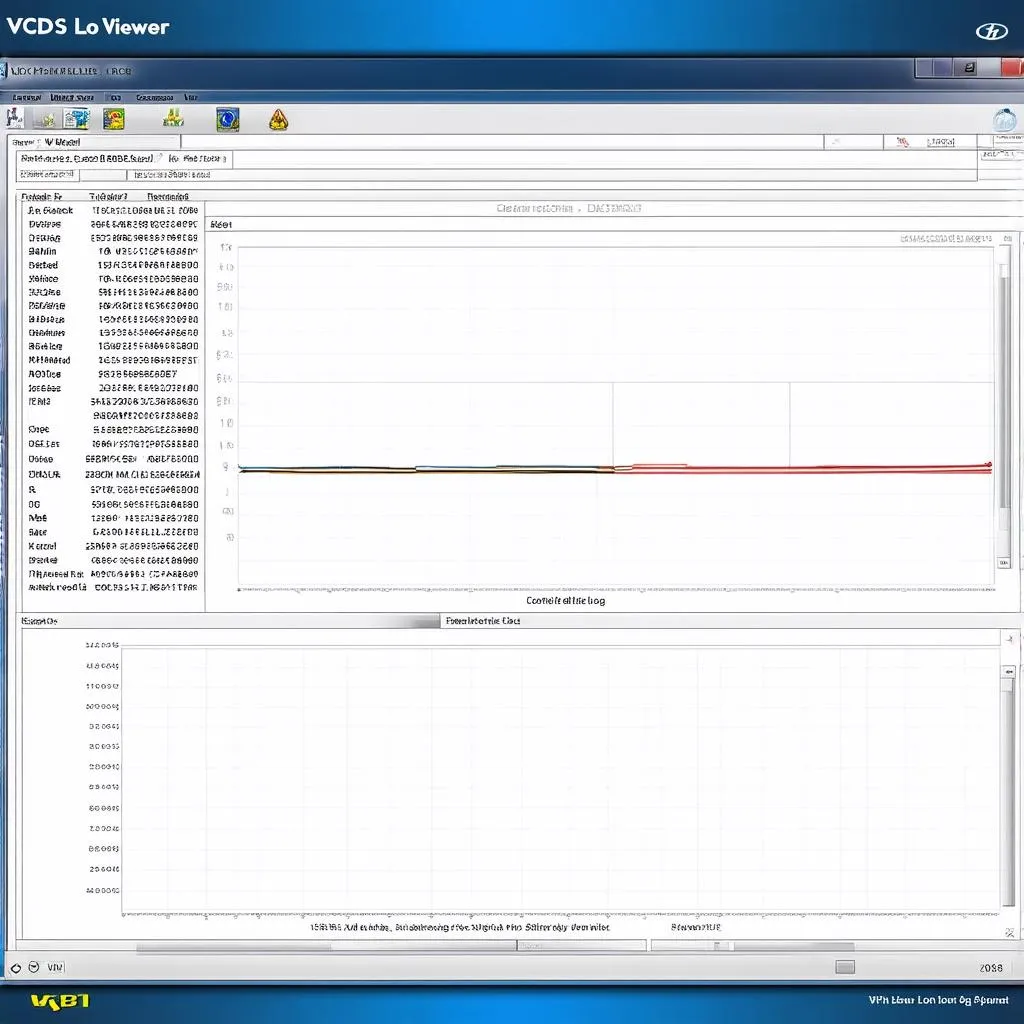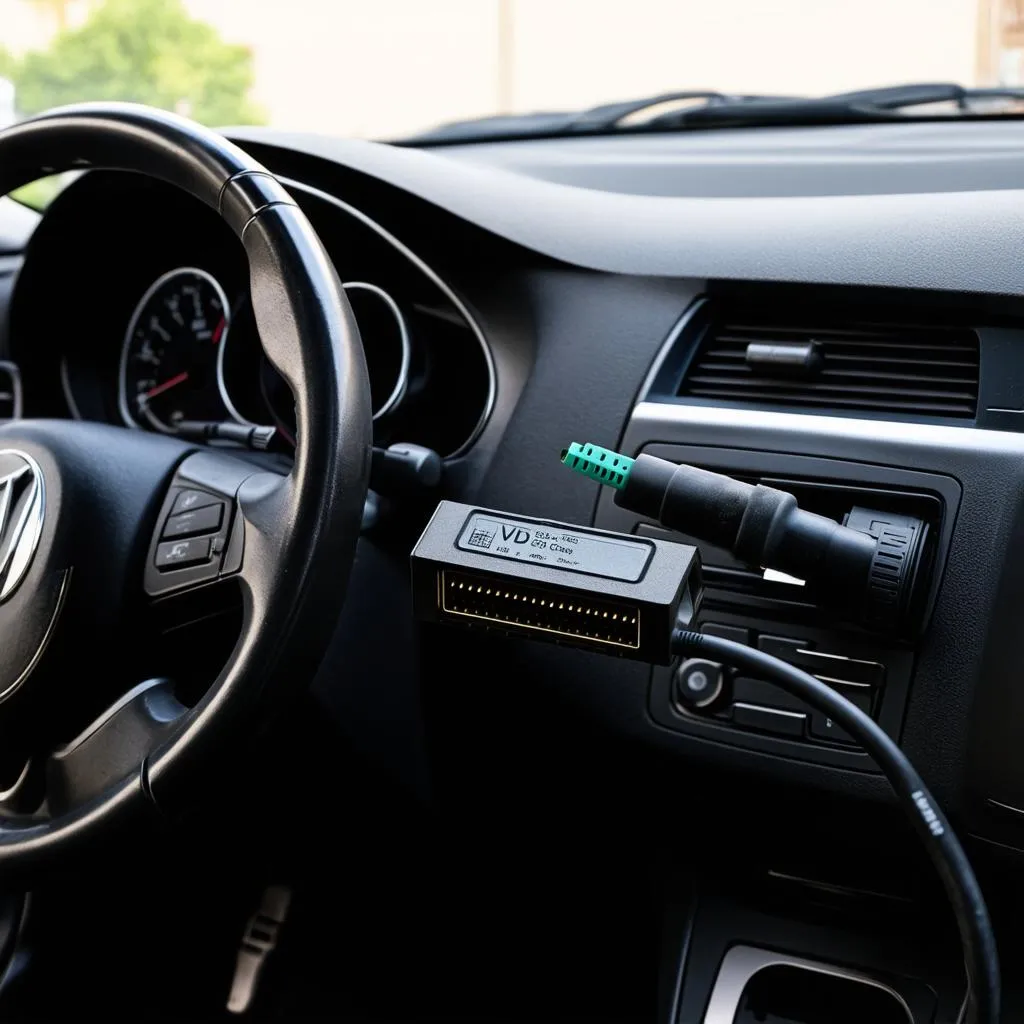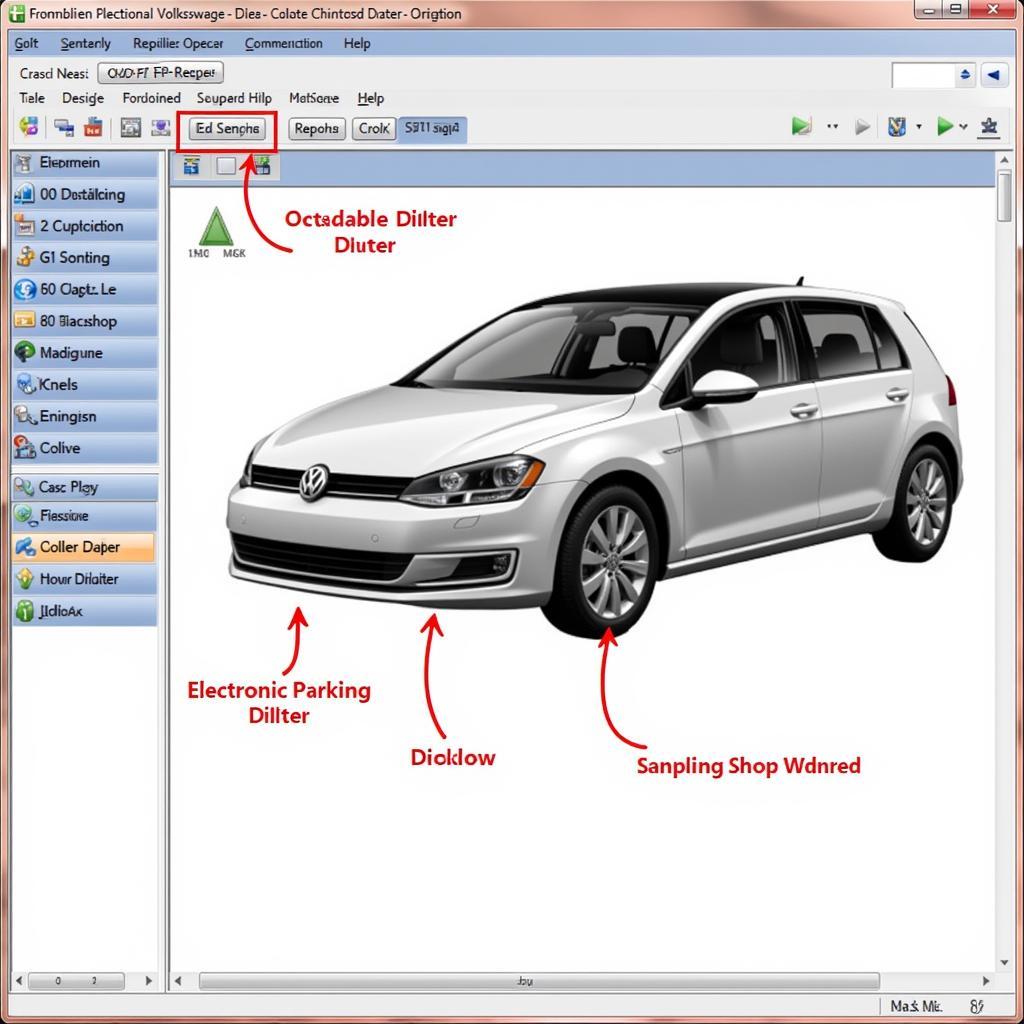As an automotive technician, you know that a vehicle’s onboard computer system is a treasure trove of information. When a fault occurs, this system logs valuable data that can pinpoint the issue. But how do you access and interpret this data? This is where a VCDS Log Viewer becomes indispensable. This article delves into the world of VCDS Log Viewers, providing you with the knowledge to leverage this powerful tool for efficient and accurate diagnostics.
What is a VCDS Log Viewer?
A VCDS Log Viewer is a software tool that allows you to read, analyze, and interpret log files generated by a vehicle’s Engine Control Unit (ECU) or other control modules. These log files contain a record of various parameters, sensor readings, and fault codes that occur over time.
Imagine you have a customer complaining about intermittent engine hesitation. By using a VCDS system to collect a log file during a test drive, you can then examine the recorded data with a VCDS Log Viewer to identify any anomalies in fuel pressure, ignition timing, or other relevant parameters.
Advantages of Using a VCDS Log Viewer
- Pinpoint Accuracy: Analyze real-time data, leading you directly to the root cause of complex issues.
- Time Efficiency: Avoid the guesswork and unnecessary part replacements by quickly identifying faulty components.
- Comprehensive Insights: Gain a deeper understanding of the vehicle’s performance and identify potential problems before they escalate.
“Using a VCDS Log Viewer is like having x-ray vision into a car’s nervous system,” says Dr. Emily Carter, an automotive electronics expert and author of “Modern Automotive Diagnostics.” “It empowers technicians to make informed decisions and provide superior service to their customers.”
How to Use a VCDS Log Viewer
- Connect your VCDS interface to the vehicle’s OBD-II port.
- Start the VCDS software and select the appropriate module.
- Begin recording a log file while replicating the customer’s concerns.
- Save the log file to your computer.
- Open the log file using a VCDS Log Viewer.
Once the log file is open, you can customize the display to view specific parameters, create graphs for easier analysis, and identify potential problems based on the recorded data.
 VCDS Log Viewer Software in Action
VCDS Log Viewer Software in Action
Choosing the Right VCDS Log Viewer
Several VCDS Log Viewer options are available, each with its strengths. Consider these factors when making your choice:
- Compatibility: Ensure the viewer is compatible with your VCDS system and the vehicle makes and models you service.
- Features: Look for features such as customizable graphs, data export options, and advanced filtering capabilities.
- User Friendliness: Choose a viewer with an intuitive interface that is easy to navigate and understand.
Common Questions about VCDS Log Viewers
Q: Can I use a VCDS Log Viewer with any diagnostic interface?
A: No, VCDS Log Viewers are specifically designed to work with the VCDS (VAG-COM Diagnostic System) interface.
Q: What types of data can I view in a log file?
A: Log files can contain various data, including engine RPM, coolant temperature, oxygen sensor readings, throttle position, and much more.
Q: Are VCDS Log Viewers difficult to use?
A: While they offer advanced functionality, many VCDS Log Viewers are designed with user-friendliness in mind.
Conclusion
A VCDS Log Viewer is a must-have tool for any technician serious about accurate and efficient automotive diagnostics. By providing a window into the vehicle’s internal systems, you can confidently diagnose and repair even the most challenging problems.
 Mechanic Utilizing a VCDS System in a Garage
Mechanic Utilizing a VCDS System in a Garage
For a wide selection of high-quality diagnostic tools, including VCDS systems and accessories, visit CARDIAGTECH. Our team of experts is here to help you find the right tools to elevate your diagnostic capabilities.


